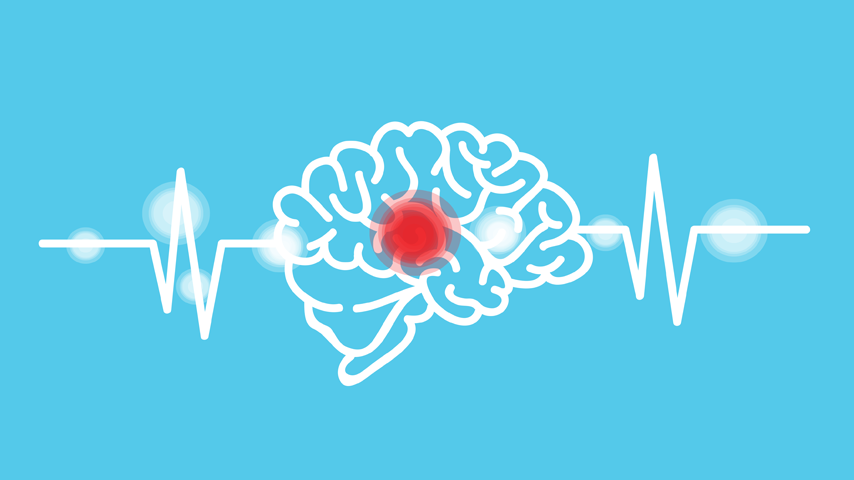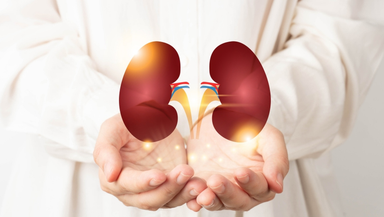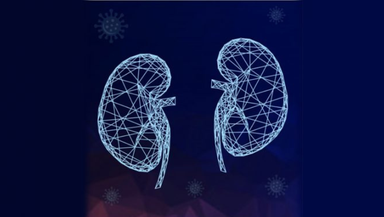Brain Aneurysm

An aneurysm occurs when a spot on the arterial wall weakens causing a bulge that could rupture leading to a life-threatening situation. A ruptured brain aneurysm needs immediate medical assistance to prevent further neurological damage.
Symptoms of Brain Aneurysm
Brain aneurysms do not normally showcase any noticeable symptoms until they rupture. Here are some of the most common symptoms of brain aneurysms based on their stages:
Unruptured Aneurysm
Tiny unruptured aneurysms do not showcase any symptoms. However, a large one can produce the following symptoms:
- Pain above and behind one eye
- Dilated pupil
- Change in vision
- Double vision
- Numbness of one side of the face
Ruptured Aneurysm
Common signs and symptoms of a ruptured aneurysm include:
- Sudden, extremely severe headache
- Nausea and vomiting
- Stiff neck
- Blurred or double vision
- Sensitivity to light
- Seizure
- A drooping eyelid
- Loss of consciousness
- Confusion
Leaking Aneurysm
In some cases, an aneurysm may leak a minimal amount of blood that may cause sudden, extremely severe headaches.
When to See a Doctor?
If you notice any of the above-mentioned symptoms or experience sudden headaches that cause excruciating pain, you must visit a doctor immediately.
Common Causes of Brain Aneurysm
Brain aneurysms are usually associated with age and develop in adults above the age of 40. However, younger individuals, including children, can develop the condition as a result of congenital blood vessel defects, head trauma, genetic disorders, or connective tissue disorders.
Other risk factors for developing brain aneurysms can include the presence of underlying conditions such as:
- Hypertension
- Atherosclerosis
- Polycystic kidney disease
- Infections
- Tumor or cancer in the head or neck
- Family history and genetics
- Lifestyle factors (smoking, alcohol abuse, drug abuse)
Diagnosis of Brain Aneurysm
- CT Angio of the brain: A technician injects a contrasting dye into a vein to make it easier to see the blood flow and determine the aneurysm spot in the brain.
- MRI Angio of the brain: MRI or Magnetic Resonance Imaging uses radio waves or magnetic fields to curate a precise and detailed image of the brain and blood vessels.
- Digital Subtraction Angiography: DSA shows weak spots in the blood vessels. It is considered to be the most reliable test for detecting aneurysms.
- Cerebrospinal Fluid Test: This diagnostic test involves putting a needle into the draw spinal fluid and then testing it to see if it contains blood which could indicate the rupture of an aneurysm.
Treatment of Brain Aneurysm
- Surgical Clipping: This is a surgical procedure to close off an aneurysm. It involves a trained neurosurgeon who removes a section of the skull to access the aneurysm. The surgeon then places a tiny metal clip to block blood flow to the aneurysm.
- Endovascular Coiling: In this procedure, the surgeon inserts a catheter (a hollow plastic tube) into an artery and then threads it through the body to the aneurysm. They then guide a wire that pushes a soft platinum wire through the catheter. This platinum wire coils up inside the aneurysm disrupting the blood flow to it.
Enquire Now
BGS Gleneagles Global Hospital provides the best treatment for brain aneurysms. We house the best neurosurgeons and cutting-edge technology for accurate diagnosis and treatment of the condition. For more details, contact us now.











